It's Saturday afternoon and parents are in the grandstands at the local little league field introducing their children to America's national pastime. Two teams of six year olds take the field. The majority of them are inexperienced and seems more impressed with their uniforms, the snack shack and an occasional butterfly that drifts onto the field than with the game of baseball. Bobby walks up to home plate for the first time, dragging a bat half his size. He stands at the plate and watches the first ball whoosh by. The umpire yells out "strike one." Bobby looks up inquisitively at the empire, as he hears one of the parents shout, "keep your eye on the ball Bobby." The young batter sees a second ball come down the pike, someone from the stands yells "swing" and Bobby does, turning full circle until he falls down; "strike two." Bobby stands up, here comes the third pitch, another shout from the stands, Bobby swings, somehow makes contact with the ball, but stands still. The crowd yells for Bobby to run. When he does, it's up the third baseline. Someone else yells, "no, the other way," and Bobby finally runs to first base. The crowd applauds. A few innings later, the same boy, who through sheer luck hit the ball, managing to make it to first base, now approaches home plate for a second time at bat. However, Bobby seems a little different. There's somewhat of a swagger in his step, and he doesn't seem to need as much direction as he did before. In fact, Bobby almost looks like he knows what to do. Unfortunately, he strikes out, but seems a bit more sure of himself, than he did when he approached the plate for the first time.
How many times does a kid chase a ball on a soccer field, come up to bat, field a ball, throw a pass, ride a skate board, catch their first wave or get a job. The important thing is that all the Jakes, Shirleys, Cathys and Bobs make the attempt and make it again and again and through these attempts find success and accomplishment, establishing a strong set of Personal Identity Core Constructs. Or simply put, feels good about themselves supporting a strong self-esteem, a heightened degree of self-confidence and the self-motivation to try again.
Unfortunately, a misperception parents have is they believe their children's lack of success is based on their child's poor sense of self, lack of self-confidence or being unmotivated, intangibles you can't see or touch. Parents believe that if their child has a sense of pride, assurance and drive, the behavior they want to see magically appears. However, the opposite is the actual fact, undeveloped PICC result from a lack of performance or experiences leading to accomplishments, not how a child feels about themselves.
Self-esteem is not a birthright; you've got to work for it. It's not automatic and you can't go to Target and find it on aisle nine. You can't see it, taste it or touch it, but you sure know if you've got it. There's no pill or quick fix for its development, but if not addressed can impact a child throughout their life. It's the number one complaint parents bring to a therapist's office, citing "my child's problem is a low self-esteem, a poor self-concept or he's just not motivated," but they're wrong.
What's a kid with well developed PICC look like? They take the initiative, they're assertive, speak up, volunteer and risk, accomplish, sometimes fail, but try again. They don't let minor disappointments allow them to quit, they look up and out versus down and away, they participate, accept responsibility and welcome opportunities.
What about kids who don't have a well developed Core Constructs? They hide, don't risk, don't initiate and don't volunteer. They're frightened, don't try and are the last to be selected in the game, because they haven't developed the skills to impress themselves or others and they don't achieve because they don't know how to or feel they can.
It's achievement that's the pre-requisite for a healthy, well developed PICC and a motivating factor toward an assertive approach to other opportunities in a child's life. In short it's the demonstration of a result, that's the motivation toward increased self-worth and a willingness to make further attempts. The opposite of which results in a child questioning their personal credibility and the deterioration of how they feel about themselves, the belief in their ability to perform and the drive it takes to stimulate more action.
Parents need to recognize its accomplishments that build personal credibility and establish a tangible foundation of achievement that becomes the stimulus for these responses to grow. Without this foundation as the basis for these constructs to develop and thrive, the reverse is established. A child develops a negative sense of self, avoiding new opportunities, negatively influencing their self-confidence and motivation, avoiding further attempts based on the lack of previous success. Furthermore, this lack of confidence in their self and ability can result in developing a learned helpless approach toward opportunities, which can be carried throughout their life.
Because successful performance is the basis of a well developed Personal Identity Core Constructs, parents need to help strategize their child's environment connecting children to successful results, achievable early in life, teaching them to recognize the heightened positive emotion that accompanies success. The result of which is the mastery of activity, becoming the foundation for desirable core constructs to develop. The child's view of their continued successful experience then creates a sense of personal significance, stimulating an overall sense of esteem, confidence and the motivation to risk and make more attempts throughout their lives.
